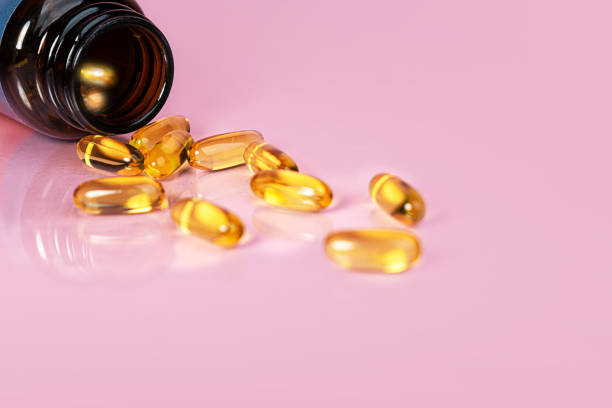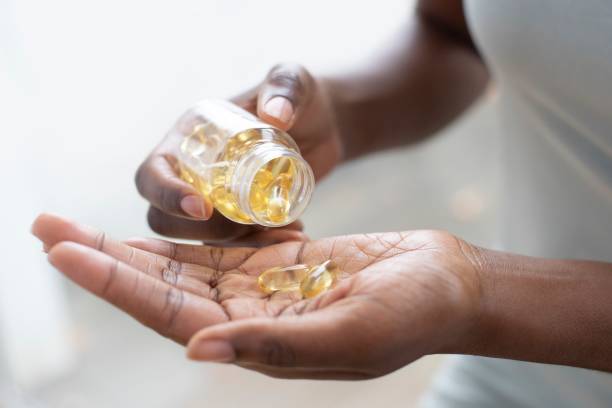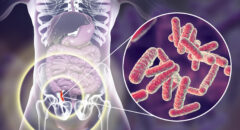- soy, almond, and hemp milk
- orange juice
- ready-to-eat cereals
- certain types of yogurt
- tofu
6. Dairy foods

Swiss cheese, cow milk, curds and cottage cheese are also good Vitamin D sources.
7. Cod liver oil

Just one tablespoon of cod liver oil contains 1360 international units of vitamin D. Try taking it with warm water or in capsule form to enhance your vitamin D levels.
8. Supplements

Taking supplements may be the best way to ensure that you are getting an adequate amount of vitamin D, especially if your numbers are extremely low.
Vitamin D exists in two forms:
- D2 (ergocalciferol): Comes from plants
- D3 (cholecalciferol): Comes from animals
Research suggests that D3 may be more effective in raising and maintaining vitamin D levels.
When purchasing vitamin D supplements, be sure to purchase high-quality supplements that have been independently tested.
Don’t ASSume: Why Colon Cancer Is Killing More Black People
9. Ultraviolet UV lamp
UV radiation has widely been used as a therapeutic for various skin conditions. However, recently it has been suggested to be great at raising vitamin D levels as well. UV lights can mimic the sun and be helpful if you have limited sun exposure. Be careful when using UV lamps. Too much exposure can burn your skin. It is recommended that you limit exposure to no more than 15 minutes at a time.
10. Exercise

Regular physical activity such as walking, jogging or cycling can increase your vitamin D levels. For an added bonus, try doing them in the sun whenever possible.
Having an adequate amount of vitamin D is essential to how we function on a daily. The following are symptoms of low vitamin D that you should watch out for:
- Nausea
- Increased thirst and urination
- Poor appetite
- Constipation
- Weakness
- Confusion
- Ataxia (a neurological condition that may cause slurring and stumbling of words)
If you experience any of these symptoms, contact your doctor. They can run blood tests to confirm that you have low vitamin D and help you determine your next steps.








